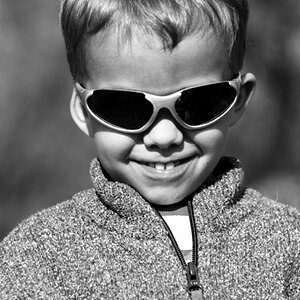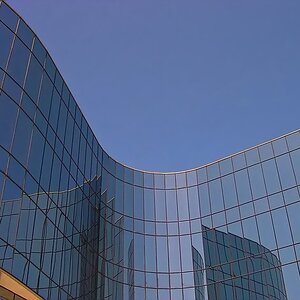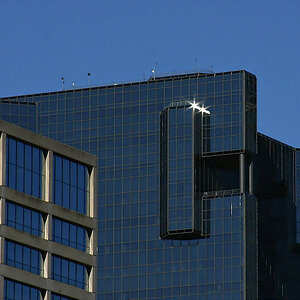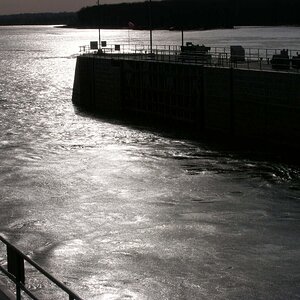darich
No longer a newbie, moving up!
- Joined
- Jan 22, 2005
- Messages
- 1,230
- Reaction score
- 1
- Location
- Near Lanark, Scotland
- Website
- www.darich.co.uk
- Can others edit my Photos
- Photos NOT OK to edit
Hi all.
I've got a presentation coming up in mid February and with an open subject i've chosen photography.
i'm going to talk about when you want shallow DOF and how to achieve it, long exposures and general photography terms. Nothing too heavy duty - it's only to be around 15minutes.
I cam up with an analogy of exposure and wondered if it was too silly or right on the money or somewhere in between.
Imagine a bathtub full of water.
The water in the bathtub is the amount of light required to correctly expose any given photo.
With a small aperture, or small plughole you need more time for the bath to empty and properly expose your image.
If you have a large aperture, ie a large plughole then the bath empties quickly so the exposure time is reduced.
The talk will be to others on my course and while i don't know for certain I'm pretty sure that none of them are any more advanced than p&s cameras. i did have a chat with a girl on the course and she said that a talk on photography would be quite interesting.
is the bathtub analogy a bit too weird?
I've got a presentation coming up in mid February and with an open subject i've chosen photography.
i'm going to talk about when you want shallow DOF and how to achieve it, long exposures and general photography terms. Nothing too heavy duty - it's only to be around 15minutes.
I cam up with an analogy of exposure and wondered if it was too silly or right on the money or somewhere in between.
Imagine a bathtub full of water.
The water in the bathtub is the amount of light required to correctly expose any given photo.
With a small aperture, or small plughole you need more time for the bath to empty and properly expose your image.
If you have a large aperture, ie a large plughole then the bath empties quickly so the exposure time is reduced.
The talk will be to others on my course and while i don't know for certain I'm pretty sure that none of them are any more advanced than p&s cameras. i did have a chat with a girl on the course and she said that a talk on photography would be quite interesting.
is the bathtub analogy a bit too weird?



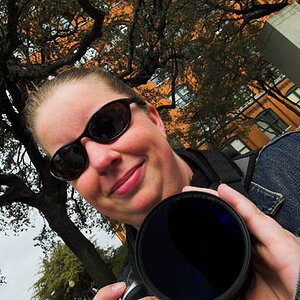

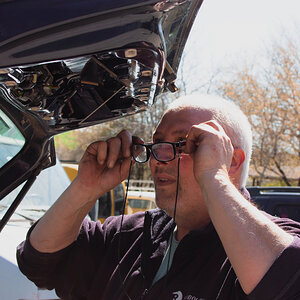

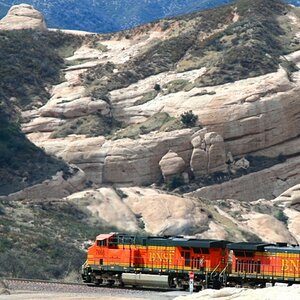
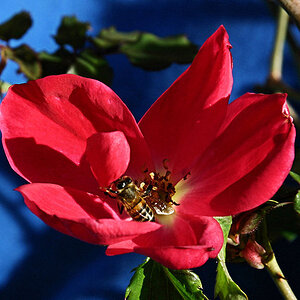
![[No title]](/data/xfmg/thumbnail/32/32930-09414fc020c2a60a456ff59a05c5ef8f.jpg?1619735759)
